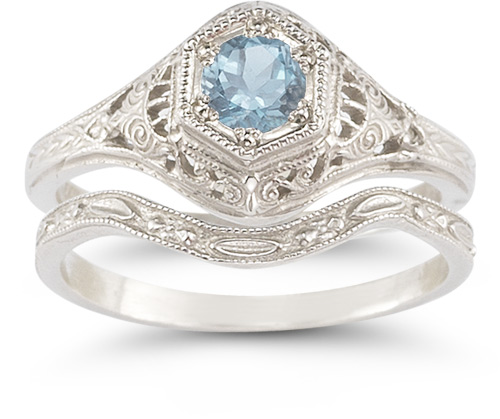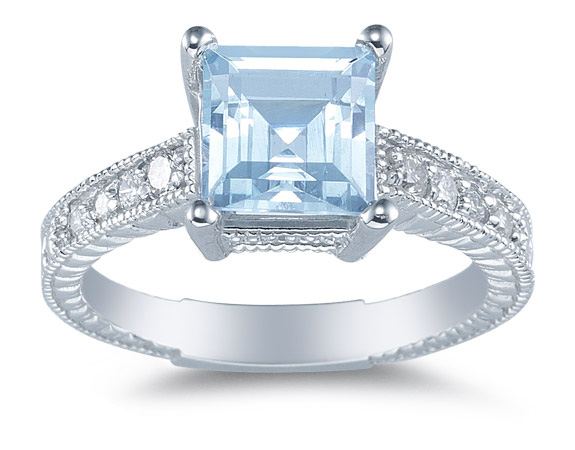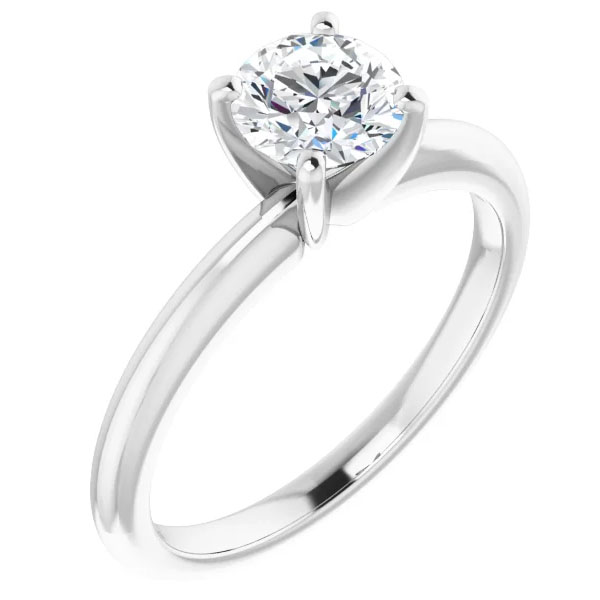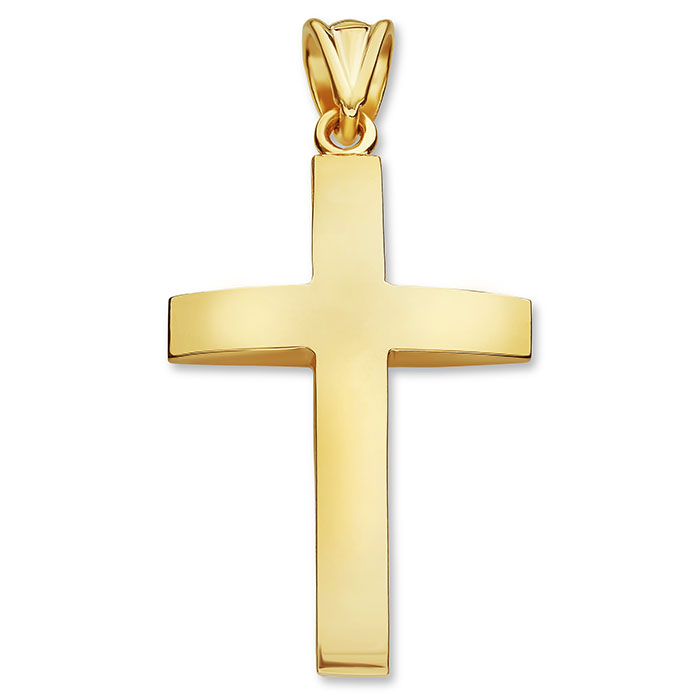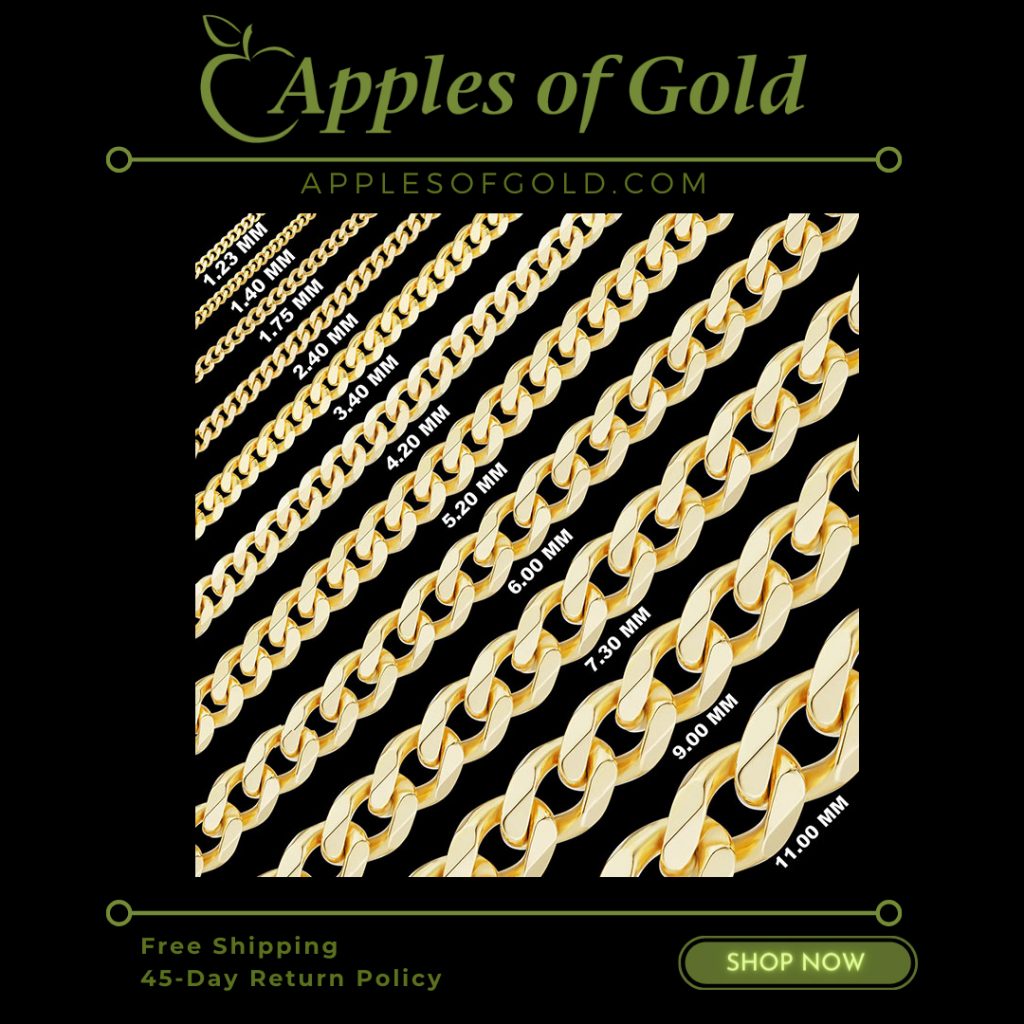All About the March Birthstone: Aquamarine
Aquamarine is the traditional birthstone for the month of March and makes a perfect gift for those born in March, whether you are looking to buy aquamarine jewelry, pendants, earrings or authentic aquamarine rings, with its beautiful light blue at times seemingly grayish or translucent hues and underlying seawater colored tones.
Aquamarine Properties
Aquamarine is a blue to a blue-green member of the beryl family, named for saltwater as the name implies. The March birthstone is readily available and reasonably priced, making it an excellent jewelry stone, for all kinds of jewelry, especially aquamarine engagement rings and all styles and types of jewelry. Be3Al2Si6O18 is the chemical formula for aquamarine, which also contains Fe2+. The hardness of aquamarine ranges from 7.5 to 8 on the Mohs scale, which rates gemstones and diamonds by their relative hardness. There are no or few visible inclusions in polished aquamarine that is used for jewelry. It may, however, have natural inclusions like mica, hematite, or saltwater, making each gemstone unique and individual.
Is Aquamarine a Precious Gemstone?
Aquamarine is not a precious gemstone. Precious gemstones more commonly include rubies, emeralds, or sapphires. As a result, aquamarine is classified as a semi-precious stone, even though it is less common and more expensive than standard semi-precious gemstones, like amethyst, citrine, garnet, topaz and others, also making them a perfect candidate for use in aquamarine earrings and other fine jewelry.
Colors of Aquamarine
Aquamarines have the hues of blue and blue/green. There will be no dark blues or greens in aquamarine stones because of their modest color saturation and tone and the saturation may vary, with some stones with a more noticeable blue hue and others with a fainter, lighter blue, which sometimes appear slightly grey compared to a blue topaz because of the natural inclusions in the stone. The color of aquamarines is one of the main features of the stone, in that it is somewhat understated yet beautiful and unique compared to other gems.
Symbolism of Aquamarine
The name “aquamarine” arrives from the Latin word “seawater,” and the stones were claimed to protect sailors on the sea. Aquamarine, the traditional birthstone of March, was thought to safeguard mariners by letting them recall their close ones when they were far away at sea in ancient times. While it is the stuff of myth and legend, it was believed that Aquamarine encourages creativity, hope, self-expression, and courage when worn. People believe that this stone enhances their love life, youth, health, and overall happiness. Today, aquamarine is simply worn for its beauty and association with the month of March.
Durability of Aquamarine
On the Mohs scale, aquamarines have a hardness of 7.5 to 8. This hardness indicates that these gems are highly resistant to scratches and abrasions. Anything with a lesser hardness can’t scratch them. Because of its relatively high hardness, aquamarine can keep a good polish for an extended period, making it desirable for aquamarine jewelry. Cleavage in aquamarines is likewise imperfect. That means they could split in half if impacted along an internal cleavage plane.
Maintenance & Care of Aquamarine Jewelry
Aquamarines can withstand a wide range of cleaning solutions, from soapy water to moderately powerful acids. However, hydrofluoric acid, which is present in rust removers and strong cleaners, can harm them. You also want to keep all gemstones away from direct sunlight and high temperatures.
Have you enjoyed reading about aquamarine and the March birthstone? Come back to Apples of Gold each month for an article on each birthstone. Up next for April? The diamond!
Related Posts
Birthstone Jewelry, Gemstone Jewelry, Gemstone Rings, Jewelry Guide




